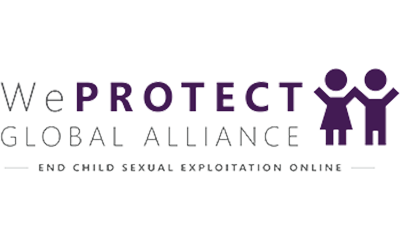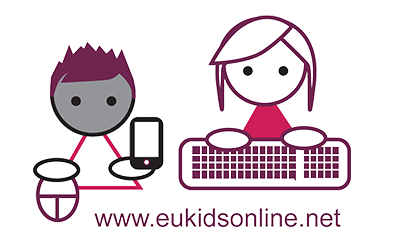What is research impact?
Research impact encompasses academic, conceptual, capacity building, instrumental and collective impact. Here we introduce the key principles to understanding impact, helping you to anticipate impact from the project outset, seeing it as a process as well as an output.
Key steps in planning impact
Impact planning should be embedded throughout the whole research life cycle. The impact tools guide you through the key steps and include: planning the desired impact; identifying stakeholders and beneficiaries; developing strategies and interventions; critical reflection; communication, outreach, networking and collaboration; and tracking impact.
Planning and monitoring framework
The planning and monitoring framework is designed to assist the planning stage, including: the necessary inputs, planned activities and outputs; anticipated awareness and reaction; required engagement and participation; and desired impact. The framework also helps with the monitoring stage, identifying the impact already achieved.
Engaging with stakeholders
Effective ways of engaging with stakeholders are important throughout the research life cycle. Here we provide four kinds of illustrative tools: how to present evidence to policy-makers; good practice examples demonstrating the work of the country partners; child-friendly tools for sharing findings with children; and communication tools for communicating findings and tracking user engagement.








